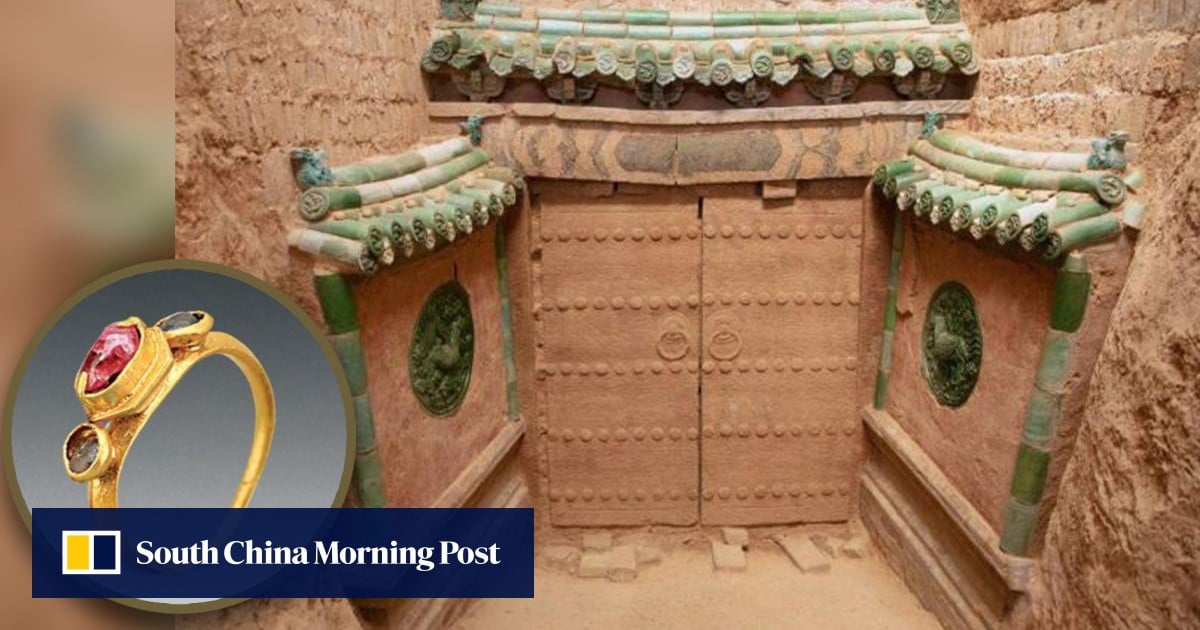Archaeological Breakthrough in Ming Dynasty History
Archaeologists from the Taiyuan Institute of Cultural Relics and Archaeology have been making significant discoveries at the burial site of Prince Jin Duan in Shanxi province, China. Known as Jin, this influential Ming dynasty prince was a key figure in early Ming politics, with his younger brother later becoming an eminent emperor. The excavation site, rich with historical artifacts, provides a deep dive into the life and times of this royal family, including his wife, Princess Yuan, and his two concubines.
Unearthing the Ming Dynasty’s Royal Secrets
Despite previous lootings, the tomb continues to yield historical treasures, including jade pieces, ancient silk garments, and intricately designed pottery, shedding light on the opulent lifestyle and burial customs of the Ming dynasty’s elite. The findings from the ongoing digs not only help historians piece together the enigmatic life of Prince Jin but also paint a broader picture of the cultural and political atmosphere of that era. This excavation is particularly revealing as it includes the remnants of the mausoleum walls that once encapsulated the royal tomb.
Delving Deeper: Implications of the Discoveries
The recent discoveries at Prince Jin’s tomb offer more than just artifacts; they provide insights into the political narratives and shifts within the Ming dynasty, especially concerning the princes’ roles and their fluctuating political clout. The absence of an antechamber in the tomb, a departure from earlier royal burials, hints at the diminishing political influence of the dynasty’s princes over time. These findings enrich our understanding of the complex socio-political landscapes during one of China’s most celebrated dynasties, bringing us closer to the personal and political intricacies that shaped the history of imperial China.
Beneficial Information for the Reader:
The excavation of Prince Jin Duan’s tomb not only reveals details about the Ming dynasty’s royal customs and life but also highlights the significant role of archaeological work in uncovering historical truths. These discoveries help historians and scholars draw connections between past cultural practices and modern Chinese traditions, enriching our global understanding of historical progression and cultural heritage. For history enthusiasts and scholars alike, these insights offer a compelling glimpse into the past, illustrating the complexities and richness of China’s imperial history.
